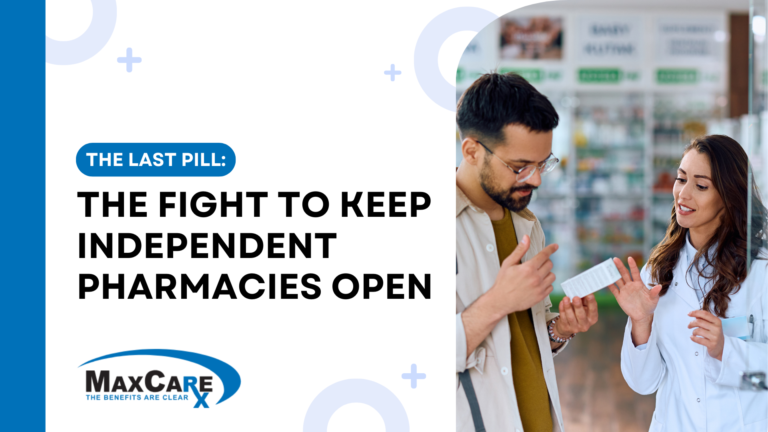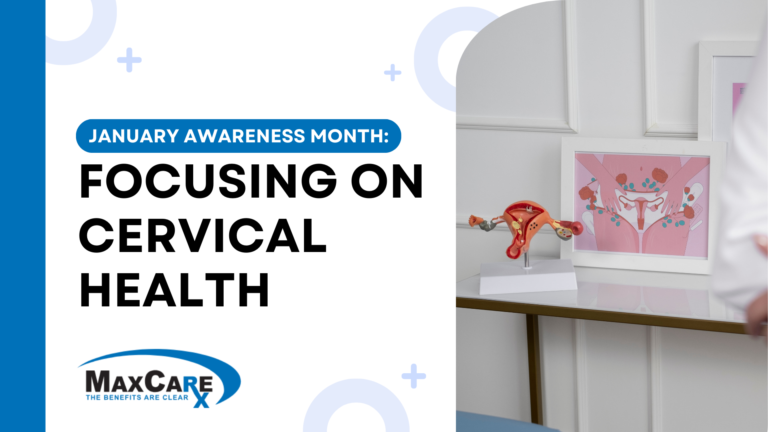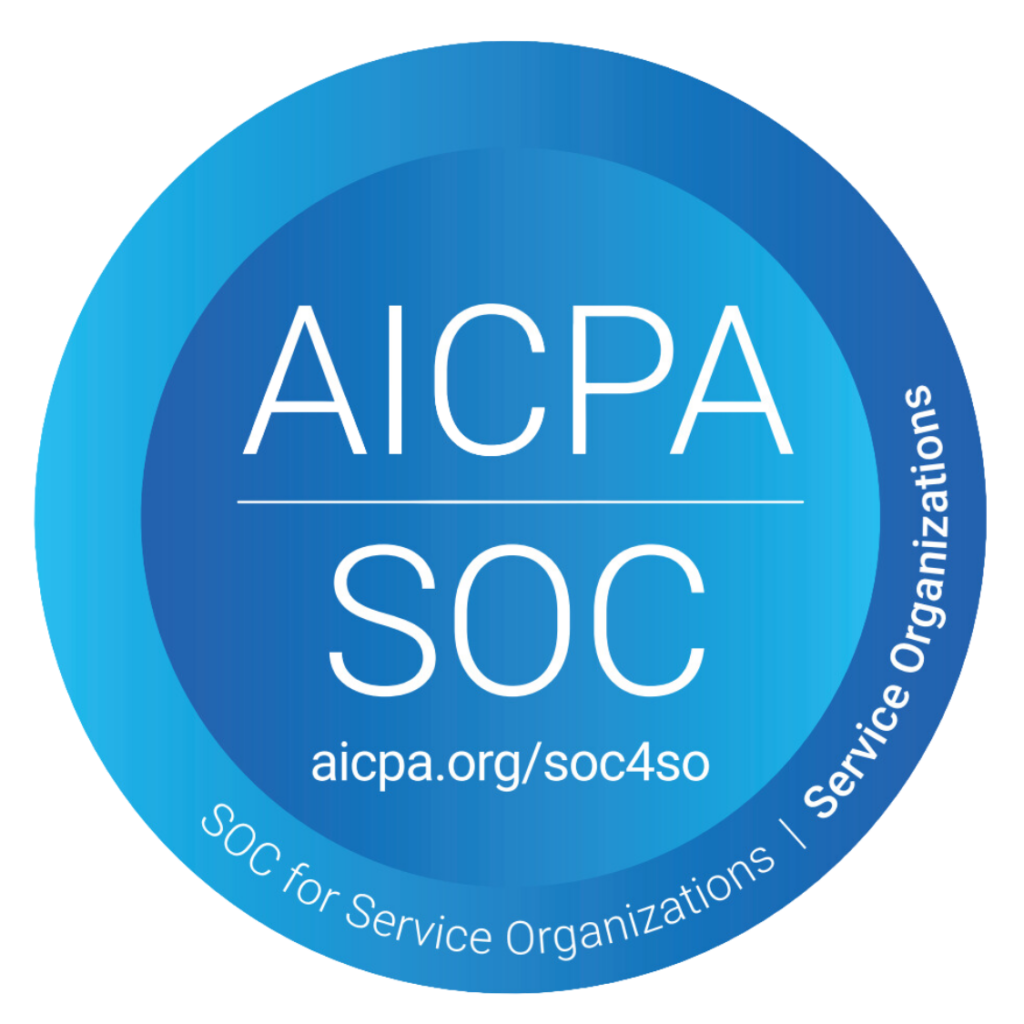Over the past two decades, the pharmacy industry has witnessed a dramatic shift in drug spend patterns. As stakeholders in the healthcare industry, it is crucial to stay informed about pricing trends and develop effective strategies to manage soaring medication costs. We’re here to not only offer valuable insight into the trends affecting prescription costs, but to introduce a comprehensive approach to optimizing drug spend without compromising member care.
The Evolution of Drug Spend and Generic Utilization
In 2000, generic drugs—non-branded medications bioequivalent to their branded counterparts—dominated the market, and generic utilization was at 70%. With generics constituting the majority of all prescriptions, their cost-effectiveness was leveraged extensively, which resulted in more affordable medication options for patients and lower expenditure for payers.
This significant reliance on generics can be attributed to the patent cliff that many brand-name drugs faced, leading to an influx of generic options in the market. Additionally, sizable cost savings from generic substitution were actively pursued by pharmacy benefit managers, health plans, and policymakers.
Specialty medications, which often treat complex and chronic conditions, conversely, represented only a small fraction of overall drug costs, accounting for 9% in spend. At that time, fewer specialty drugs were available, and their usage was not as widespread as it is today.
Fast forward to 2023, and we see a drastic change – reflective of several underlying factors reshaping the pharmacy industry:
- Introduction of New Specialty Medications: Now, 86% of filled prescriptions are generic, yet due to high-cost specialty drugs, 50% of total drug spend is now attributed to specialty medications. These novel therapies often come with high price tags due to the extensive research and development costs, limited competition, and the value they bring in terms of patient outcomes.
- Increased Utilization of Specialty Medications: As more specialty drugs receive approval, and as awareness and accessibility of these medications increase, there is a corresponding rise in their utilization. Doctors are now able to prescribe treatments for conditions that previously had unmet medical needs, leading to improved health outcomes for patients but also increased costs.
- Impact of Biologics and Patent Protection: Many specialty drugs are biologics—products produced from living organisms or contain components of living organisms. Biologics enjoy longer patent protection periods, which can prevent competition from biosimilars (the equivalent of generics for biologics) and allow manufacturers to set higher prices.
- Market Dynamics and Payer Negotiations: The complexity of the specialty pharmaceutical market, with various rebates, price concessions, and payer negotiations, also influences drug spend. Contracts and pricing agreements can significantly impact the final cost of these drugs.
The impact is pronounced; a small portion of the population—1-2% of members—is now driving 50-60% of overall drug costs for employer groups. This statistic highlights the need for targeted strategies to manage this concentrated spending effectively.
Assessing High Drug Costs and Member Adherence
Rising medication prices are more than just a line item on a budget; they have significant implications for the health and well-being of members.
The Financial Burden of Prescription Medication
A notable percentage of the population depends on prescription medications for managing acute and chronic conditions. Currently, 60% of adults use at least one prescription medication, which forms a critical component of their health regimen. Additionally, 25% of adults are on four or more medications, and the financial burden can be particularly heavy. Prescription drug prices often outpace inflation rates and wage growth, putting a strain on individuals who may already be managing multiple health-related expenses.
Medication Adherence: Vital for Health and Cost-Savings
Adherence, which refers to whether patients take their medication as prescribed, is critical for achieving the best health outcomes. Non-adherence can lead to a host of problems, including disease progression, reduced quality of life, and increased healthcare utilization. From an economic perspective, poor adherence is associated with higher total healthcare costs, primarily due to more expensive medical interventions required when chronic conditions worsen.
The Cost Barrier and Its Impact
The cost of medication is a key factor influencing patient adherence. Approximately 30% of patients report not taking their medication as prescribed due to cost-related issues. This alarming figure signifies a system where the economics of healthcare can directly hinder a patient’s ability to follow a treatment plan. Moreover, the price point appears to be a decisive factor; when out-of-pocket costs for a medication exceed $125, patients often choose to abandon their prescriptions altogether with an abandonment rate surging to 45%.
The Ripple Effect of Non-Adherence
Non-adherence due to drug costs doesn’t just affect the individual; it has a ripple effect impacting employer health plan sustainability, workplace productivity, and overall health outcomes. Employees battling illness without proper medication can lead to increased absenteeism and reduced work output. Furthermore, as health conditions deteriorate due to non-adherence, employers can expect a rise in healthcare claims, driving up premiums and imposing financial burdens on the healthcare system as a whole.
Impact on Employers and Health Plans
The relationship between cost management and the provision of accessible healthcare has never been more pronounced, as these two elements have now become entangled in a delicate dance that affects businesses both financially and ethically.
The Economic Implications of Non-Adherence
For self-funded employers and health plans, member non-adherence due to unaffordable prescription costs is a serious concern. When members fail to take their medicines as directed, the immediate consequences may seem slight—missed doses and unfilled prescriptions. However, the long-term implications are much more severe. Non-adherence, over time, can exacerbate health conditions, potentially leading to advanced diseases that require more intensive and expensive treatments, such as hospitalizations and emergency interventions.
A Dual Burden on Employers
Employers bear the cost of non-adherence in a dual capacity. First, there is a direct financial impact due to the increased utilization of healthcare resources, which can lead to higher insurance premiums and healthcare expenses. Second, employers can also face an indirect financial impact from loss of productivity, absenteeism, and even presenteeism—when employees show up to work but are less productive due to illness. Both impacts are detrimental to the company’s bottom line and can stifle the overall business climate.
Health Plans Caught in the Middle
Health plans, tasked with creating sustainable models for their participants, find themselves caught between the increasing costs of providing coverage and the need to ensure that their members are maintaining their health through proper medication adherence. As the entity that interfaces directly with healthcare providers and pharmaceutical companies, health plans are uniquely positioned to affect change but also to experience the fallout of an inefficient system.
Strategies for a Balanced Solution
Effective strategies require a collaborative effort and a multifaceted approach for employers and health plans:
- Education and Engagement: Employers and plans can work together to create educational programs that inform members about the importance of adherence and the potential impact of non-compliance on their health and out-of-pocket costs.
- Benefit Design: Strategic benefit design that promotes the use of generics, aligns copays with medication adherence goals, and implements tiered formularies can help to control costs without compromising access to medication.
- Pharmacy Benefits Managers (PBMs): Partnering with innovative PBMs like MaxCare, employers and health plans can implement tools like coupon systems, maximize generic drug utilization, and employ tactics such as reference-based pricing to keep medication costs in check.
- Medication Therapy Management (MTM): MTM programs can facilitate better outcomes by ensuring that patients understand their medication regimens and adhere to them, which can be particularly beneficial for those managing chronic conditions.
MaxCare’s Layered Approach to Managing Medication Costs
Recognizing these challenges, MaxCare has crafted a multilayered approach to prescription cost management that safeguards both the financial interests of employers and the well-being of members. This strategy includes the following components:
Standard Clinical Management
The foundation of sound pharmacy benefits management is in tried-and-true clinical programs such as Prior Authorizations, Step Therapy, and Quantity Limits. These programs help to ensure that medications prescribed are necessary, appropriate, and utilized correctly, thus optimizing therapeutic outcomes and minimizing waste.
MaxProtect
MaxCare’s MaxProtect steps in to address the high out-of-pocket costs that can lead to medication abandonment. By integrating seamlessly with the benefits plan, MaxProtect provides members with access to coupons that can significantly reduce costs, thereby improving adherence and health outcomes. By implementing this approach, there is an observed average decrease of 35% in the costs associated with specialty plans. Members who take part in the program enjoy substantial yearly savings, averaging around $950. Moreover, this strategy also contributes to a widespread reduction in total plan costs, typically around 10%.
MaxChoice: Reference Based Pricing Solution
With the MaxChoice program, MaxCare introduces an innovative pricing model that uses reference rates to determine the reimbursement for drugs. This approach encourages the use of the most cost-effective medications without compromising on quality, offering an additional layer of cost control. MaxChoice results in typical savings of 5% to 15% of overall plan cost.
SmartBlock: Strategically Eliminating Costly Medications
SmartBlock removes high-cost, low clinical value products from the formulary when more affordable alternatives that deliver the same therapeutic benefits are available. This ensures members receive the medications they need at a lower price and prevents unnecessary drug spend.
Clinical Reviews Based on Cost
Finally, MaxCare performs clinical reviews focusing on the cost of medications. This includes assessing the clinical efficacy of expensive drugs and determining if less costly, equally effective options are available, ensuring that cost does not become a barrier to essential treatment.
Embracing a Comprehensive Approach
Navigating the complexities of pharmacy benefits requires a comprehensive approach that simultaneously emphasizes cost management and member health. MaxCare’s layered approach is purpose-built to address the challenges faced by self-funded employers and health plans in today’s dynamic pharmacy benefit landscape. By focusing on clinical integrity, affordability, and member access to care, MaxCare is at the forefront of maintaining sustainable prescription benefits while ensuring the highest quality of care for members.



